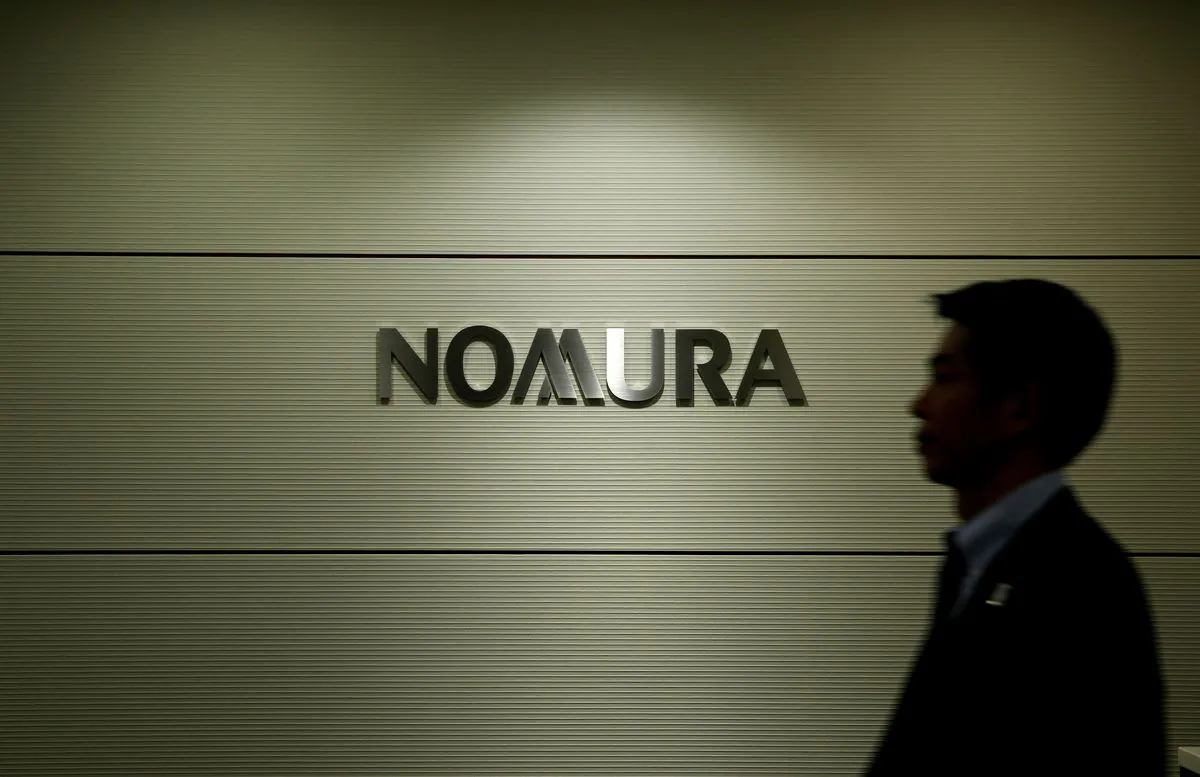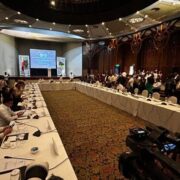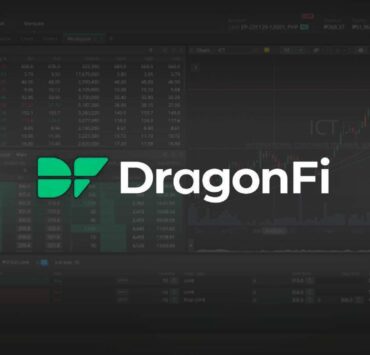Nomura: PH at risk from Trump’s reciprocal tariff plan

The Philippines is one of the Asian countries that are most at risk of being slapped higher reciprocal tariffs that US President Donald Trump might unleash this week, although such a plan would unlikely weigh on the nation’s domestic-driven economy, Nomura said.
In a commentary, the Japanese investment bank said all of the Philippines’ merchandise exports to the US could be hit by Trump’s reciprocal tariff plan because Filipino goods enter the American market at much cheaper costs, while the Asian country imposes relatively higher import duties on US goods.
Nomura estimated that the weighted average effective tariff rate that the Philippines collects from US goods was 3.3 percent, higher than the 1.4 percent import duty on Filipino products bound for the US. Notably, Nomura said the Philippines imposes relatively higher tariff rate on American plastic and rubber.
Apart from the Philippines, other countries that are most at risk of higher US tariffs are Thailand and China, Nomura said.
Trade pacts
Indonesia, Malaysia and Vietnam are in the middle of the pack.
Although developed Asian economies like Singapore and South Korea are least exposed because of their free trade agreements (FTA) with Washington, Nomura said they could still be caught in Trump’s tariff net if it is expanded to include pharmaceuticals, semiconductors, or if the FTAs are renegotiated.
It is still unclear whether Trump will impose the reciprocal tariffs on a sectoral basis or across the board.
But it seems that the move would unlikely have a big impact on the Philippine economy, where domestic demand is the major growth engine.
Nomura said total Filipino exports to the United Sates that could be hit by Trump’s reciprocal tariff plan only accounted for 2.6 percent of the Philippines’ gross domestic product (GDP).
That could indicate a moderate economic impact compared to economies like Thailand and Vietnam, whose exports to the United States that have a higher tariff cornered 9 percent and 15.6 percent of their GDP, respectively.
“We expect Asian economies to step up their negotiations with Trump,” Nomura said.
“By sector, Asia imposes higher tariffs on agricultural products and transportation. The former is politically difficult for Asia to lower, but countries could lower their tariff rates on the transport sector, which includes motor vehicles,” it added.





















